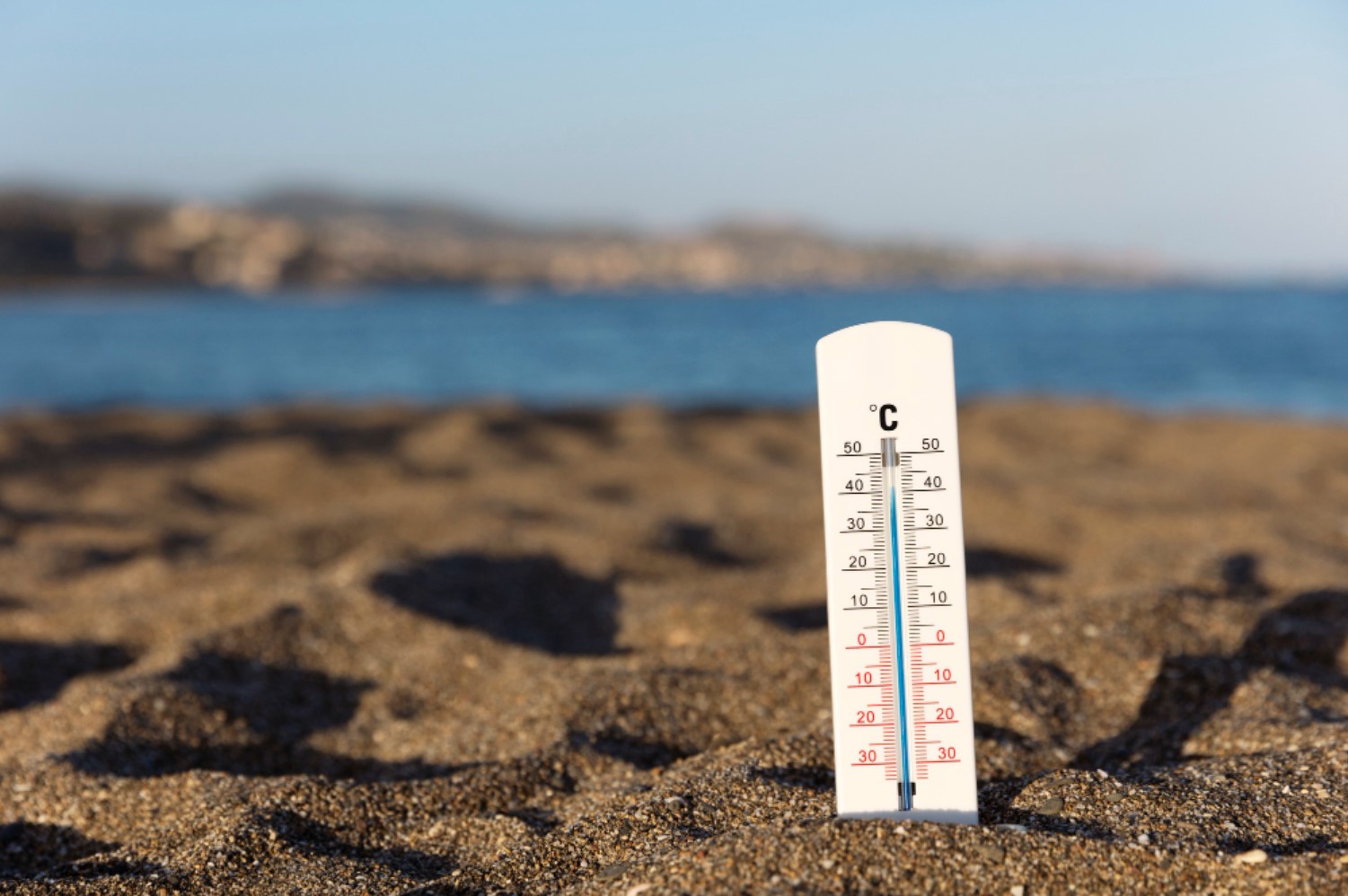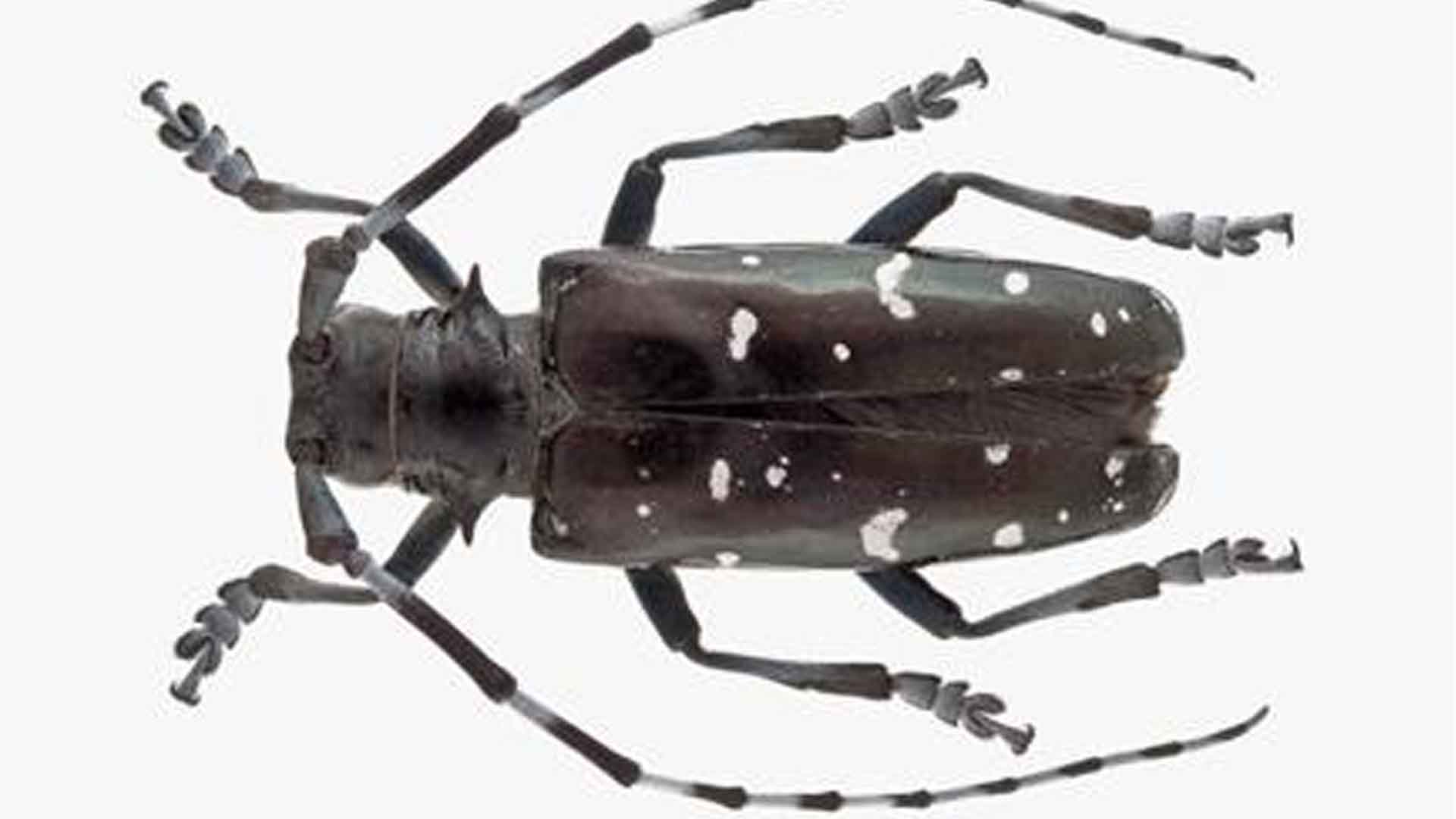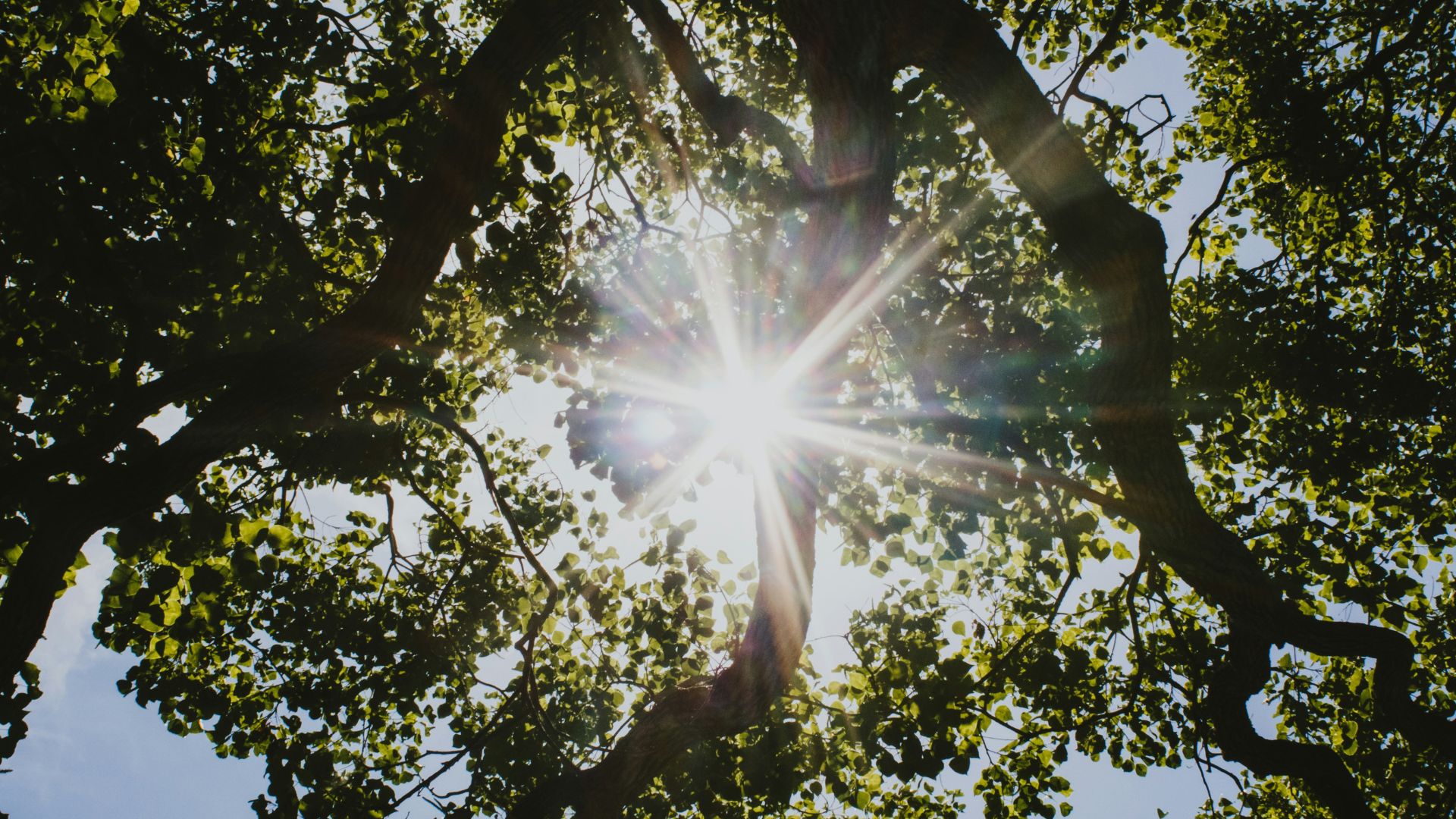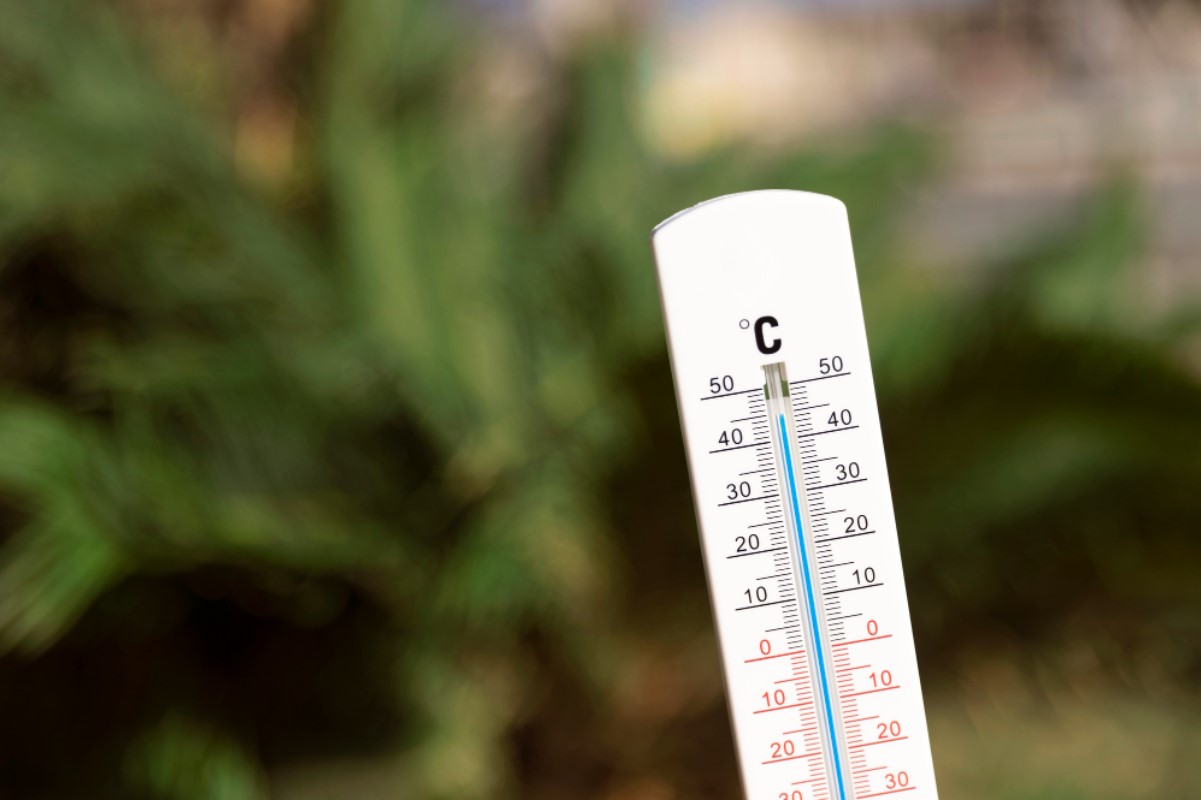How Climate Change Influences Insect Color and Reproduction
Insects exhibit a fascinating relationship between their body color and the surrounding temperature. Darker-colored insects, like the ambush bug, can warm up faster in the chilly mornings, gaining a reproductive advantage.
This ability to warm up quickly allows them to be active while others are still sluggish from the cold.
Temperature's Role in Insect Evolution
According to a review article in Ecology and Evolution, temperature has a significant impact on insect coloration.

Source: Freepik
As temperatures rise, insects tend to produce less melanin, leading to lighter and brighter hues. This adaptation helps them stay cooler since lighter colors reflect more sunlight.
Butterflies and Climate Change
The Mead’s sulphur butterflies in the North American mountains are showcasing a striking transformation.

Source: Didier Descouens/Wikipedia
According to a 2016 study, their once vibrant, shimmery sulphur yellow wings are turning paler as temperatures rise, showing the direct influence of climate on insect pigmentation.
Ladybugs and Melanin Reduction
Between the 1980s and the 2000s, the two-spotted ladybug has also shown a shift in coloration.

Source: Francisco Welter-Schultes/Wikipedia
It became increasingly rare to find black ladybugs with red spots, as they adapted to warmer climates by becoming red with black spots. This change is a direct response to the rising temperatures.
Inconsistent Patterns in Color Change
Herberstein’s team discovered that color change patterns in insects are not always straightforward.

Source: Dutch government/Wikipedia
A study on Mead’s sulphur butterflies, examining specimens from 1953 to 2013, found that in some areas, their wings became richer and darker over time, contradicting the expected trend.
Walking Stick Insects and Temperature
A 2018 study found that a species of walking stick insect became greener and darker as temperatures rose.

Source: Jessica Sysengrath/Unsplash
This surprising adaptation was observed as researchers collected samples from higher altitudes, showing a complex interaction between temperature and coloration.
Planthoppers and Elevation
Planthoppers also demonstrated an unusual pattern of color change. As temperatures increased and researchers sampled them at higher elevations, these insects became darker.

Source: Wikimedia
This finding adds to the understanding that insect color adaptation is influenced by multiple factors, including altitude.
The Role of Melanin Beyond Heat Regulation
Melanin plays various roles in insects, beyond just regulating body temperature. It is involved in immunological defenses and protection against ultraviolet radiation.

Source: Nicole Avagliano/Pexels
This multifunctionality complicates the understanding of how insects will continue to adapt to climate change.
Climate Change and Insect Mating
The impact of climate change on insect reproduction is still uncertain. Rising temperatures could affect the ability of insects to find mates, as color is crucial for attracting partners and species recognition.

Source: Freepik
Changes in coloration might disrupt these essential behaviors.
Dragonflies and Color Loss
Michael Moore, an integrative biologist, observed in 2021 that male dragonflies were losing their wing color patterns in hotter climates.

Source: Aiwok/Wikipedia
This loss could potentially hinder their ability to attract mates, highlighting a significant concern for insect populations in a warming world.
The Complexity of Insect Adaptation
“There isn’t a one-size-fits-all rule,” says Moore. The relationship between climate change and insect coloration is complex and varies across species and regions.

Source: Freepik
Ongoing research is crucial to understanding how these adaptations will affect insect populations in the long term.
Future Directions in Research
Scientists are continuing to study how climate change influences insect color and reproduction.

Source: DC Studio, Freepik
Understanding these dynamics is vital for predicting how insect populations will fare in the face of global warming.
